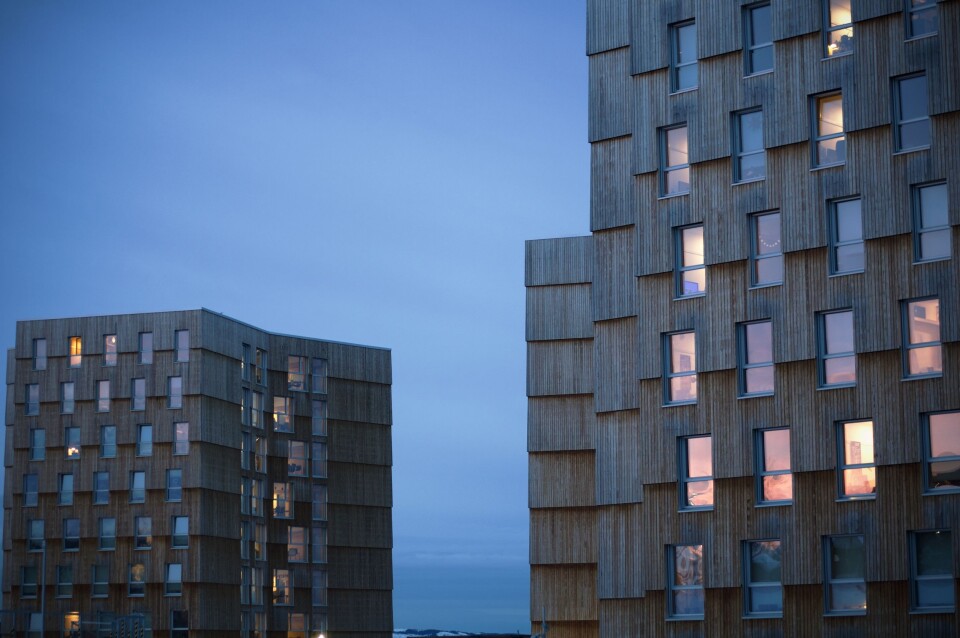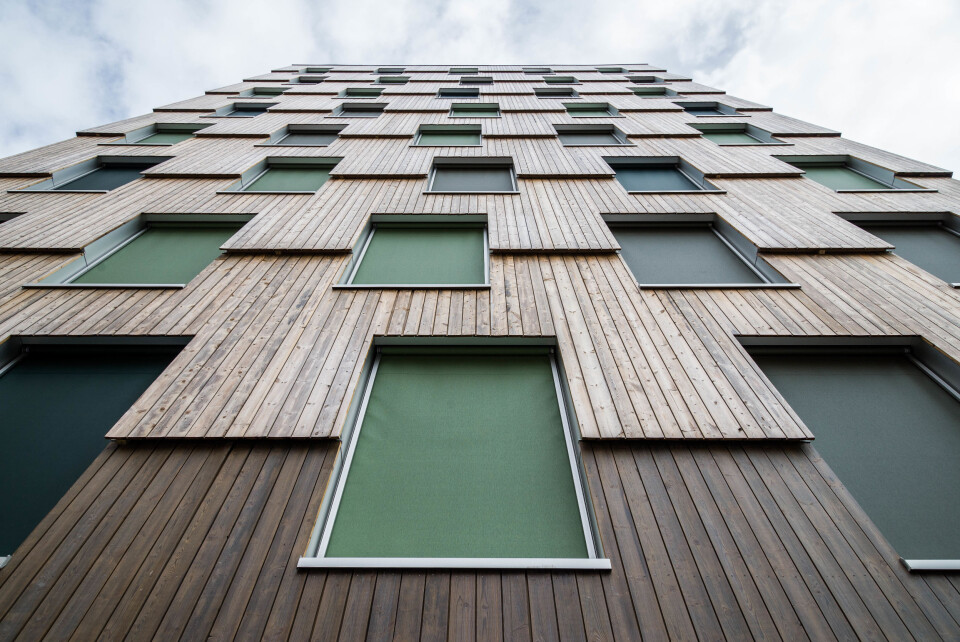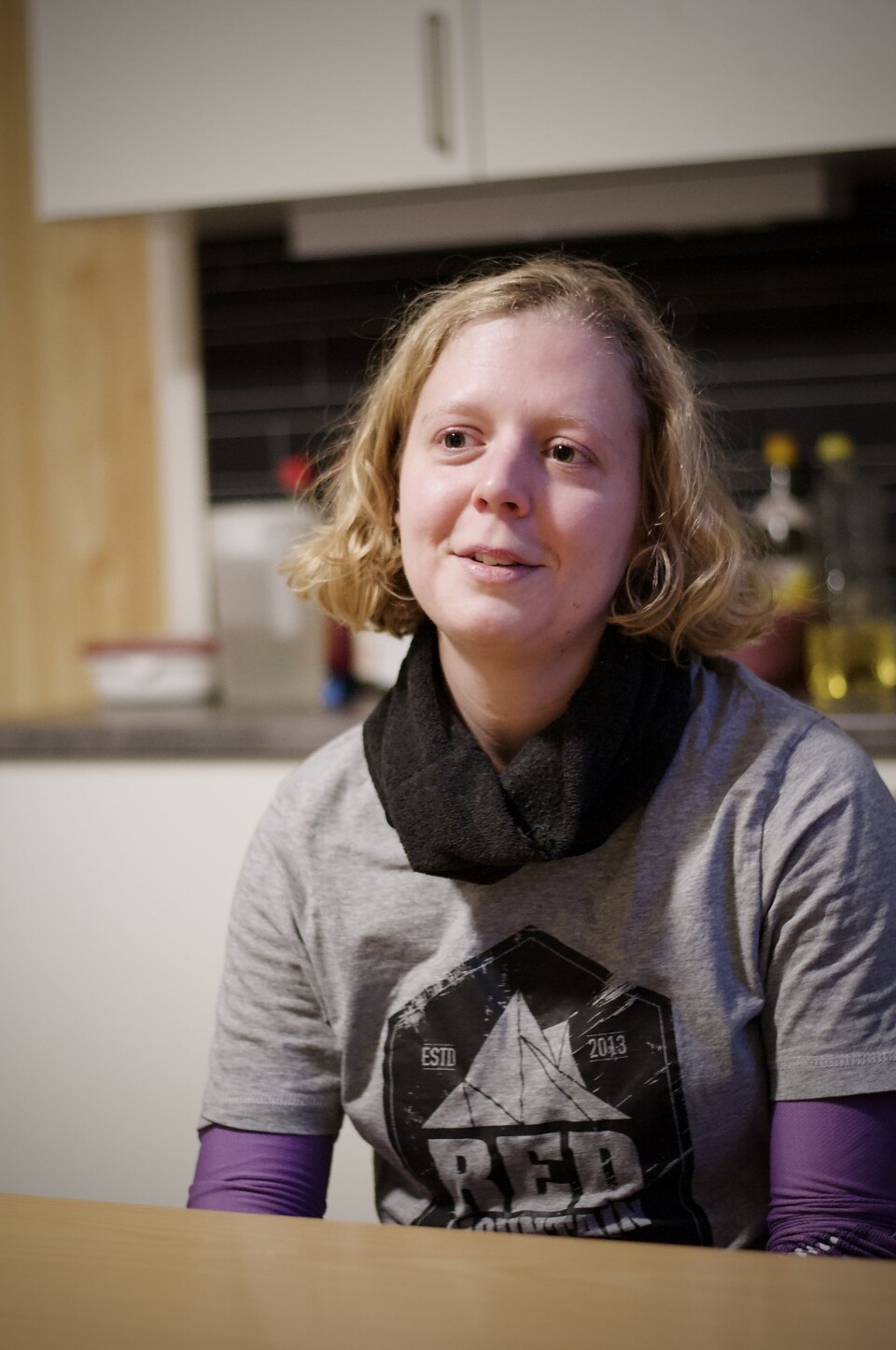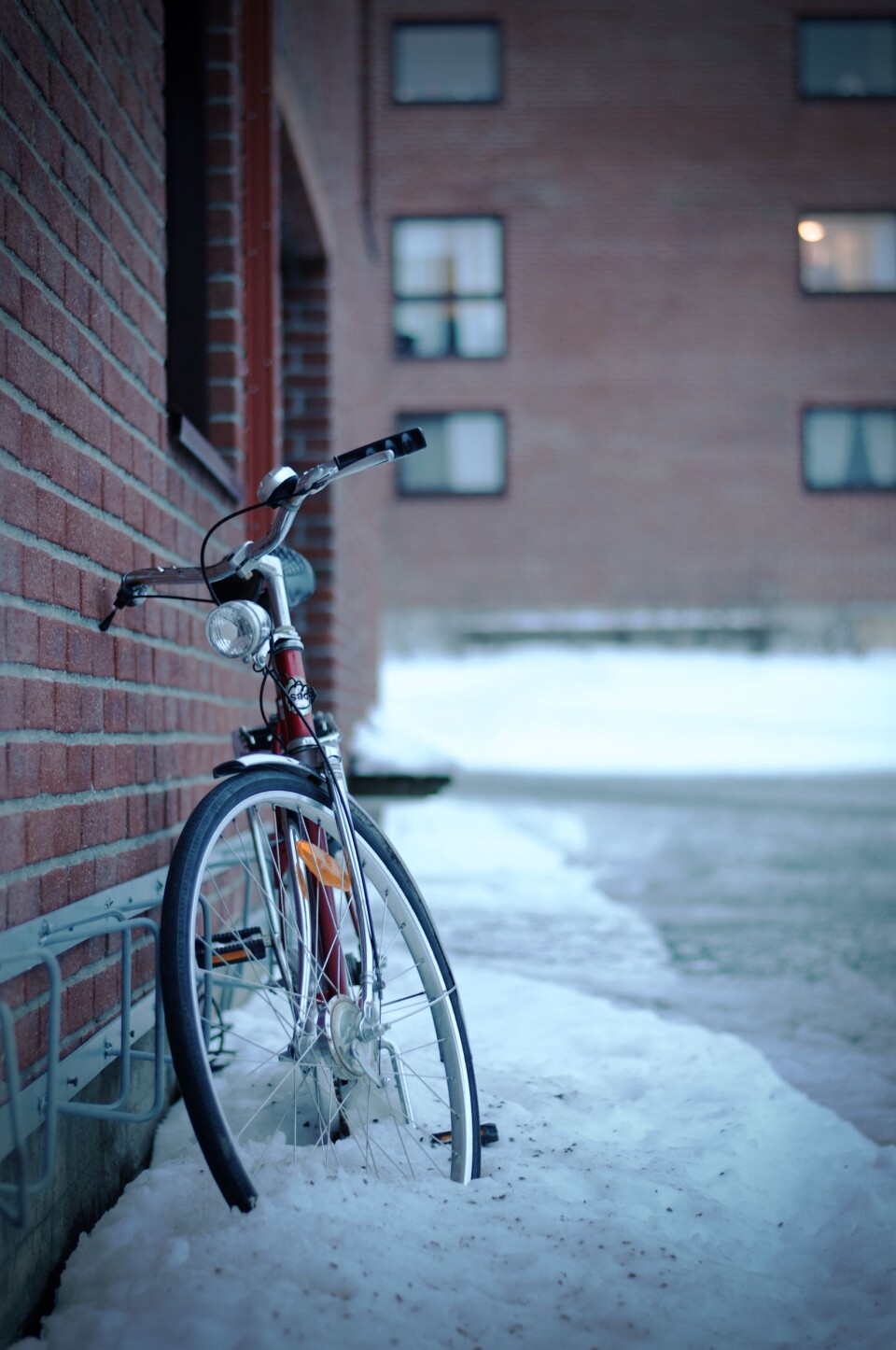
The Melting Pot
Moholt, the student village, is well known for its red brick houses, international students, and partying. But what is it like living there?
Tekst: Runar Johnsen, Karoline Bernklev

Even before moving to Trondheim, Sindre Gylver knew that he wanted to live at Moholt. He is a fifth year student at NTNU, and the leader of the NTNUI orienteering group. – I heard about Moholt through the orienteering community back home, and I was informed about an arrangement at Moholt where people can recommend their friends, and if they want, they can move in. This arrangement helped Sindre make friends right off the bat, and made leaving home for the first time feel a little more safe.

– The orienteering community was very welcoming and it was nice to be a part of it as a new student. I had heard stories about the orienteering group in Trondheim. Orienteering has quite a small following, but it felt so big coming here.
Sindre says that the orienteering group in Trondheim holds a special position. He thinks this may be the reason why they have kept their own community at Moholt alive for so many years.
– It feels like a natural place for us to live, as all our sport activities start there.
Read our journalist's best tips for exchange students: A survival guide to Trondheim
INDOOR BEACH PARTY
Living so close to each other, and spending most of their time together, makes living at Moholt feel like a lifestyle, Sindre explains. Because the apartments are so small, it is natural to spend time in the common areas.
– When you live with your friends, you might stay in your room, but keep the door open to see what is going on.
The orienteering group spends a lot of their time on sports, but they need to have some fun as well. His face breaks into a big smile as he begins to talk about the parties they have hosted.
– It is this charming thing. We fit as many people as possible in one of the small apartments. It gets a little sweaty. It is one of the weirder things we do, and it has frightened some people.
The parties today are calmer affairs than in the past. According to Sindre, Sit’s house rules have become more rigorous in the last decade.
– Back in the 70’s, someone decided to host a beach party in one of the apartments. They filled the whole common area with sand, turned on all the faucets in the bathroom and then they closed the door. At one point in the evening, they opened the door so that all the water flooded out, creating a wave just like at a beach.
ENGLISH EVERYWHERE
According to Sindre, it is impossible not to notice the international students at Moholt. However, he thinks that the new high-rise apartments have made Moholt more attractive to Norwegians.

– Before, when I walked around, I would always hear people speaking English. Now I hear a lot of Norwegian as well. I think Sit is trying to improve this. However, it seems like the international students and the Norwegian students live rather separately.
He says that the international students usually live with other international students. The orienteering group have had international students live with them from time to time. Sindre had a great experience living with a French student.
– One guy in the apartment spoke French, so we did not really have to worry about the language or cultural difference. We took him cross-country skiing and showed him some of the Norwegian culture. He was very grateful that we did some typical Norwegian stuff. I think a lot of the international students miss that.
Some time ago, Sindre was in a group working towards better integration of the international students at NTNU. One of the suggestions was placing international students in the other student villages as well, not just at Moholt. The aim was to help them meet more Norwegians, but Sindre admits that Norwegian students tend to be a bit wary of international students. For now, most of the international students are still placed at Moholt.
– It is a bit cheaper than other options, so I understand why it is that way. It seems like a lot of the international students are doing fun things on their own, so I think they are alright.
Assistant editor for Under Dusken: – Stop making Moholt an International Student Ghetto
EVERYONE IS HERE ALONE
Josefine Lange Strandgaard has just gotten home when we meet her in her apartment at Moholt. She has been out cross country skiing with fellow international students.

– We met at an orientation event on Sunday and decided to go skiing. It was really nice, she says enthusiastically.
Josefine is an industrial design student at the Technical University of Denmark (DTU). She will be living in Trondheim for the next six months.
– I met a couple of Norwegian students from NTNU back at DTU last year. That is why I came to Trondheim. I would like to consider all of Scandinavia my home, so I want to improve my Norwegian.
Josefine describes a special bond between international students when they come to Norway. They are all eager to help each other out as they are all in the same situation.
– The day I got here, carrying way too much luggage, someone helped me bring it all to my apartment. It is easy to get in touch with each other. Everyone is by themselves.
So far, she has only met one of her three roommates, a girl from China. She is pleased with the fact that she is not living with any Danish people, as it forces her to speak English.
– The whole point in going on an exchange through Erasmus is improving your English. I like how international it is here at Moholt, and that we have the chance to really get to know people from other cultures.
DIFFICULT TO MEET NORWEGIANS
The marine technology student Renan Carvalho Alen Pais from Brazil lives in one of the Moholt flats. He has three roommates, two from Spain and one from Brazil. He has lived in Trondheim for half a year, and has enjoyed his time so far. He does, however, admit that it might be difficult for international students to get in touch with Norwegians.

– I believe I have gotten to know more international students than Norwegians. I have met Norwegians in class, but outside of that, I have not had many opportunities to meet locals.
Two of his roommates worked as volunteers at UKA. According to Pais, a good way to meet local students is to look for activities where more Norwegians take part. He praises the work that the Sit, the Student Welfare Organisation in Gjøvik, Ålesund and Trondheim, does for the international students. He expected that it would be difficult to come to Trondheim, but Sit’s work did the transition a lot easier. He is happy that so much is centered in one place.
– You have everything here. You can do your laundry, rent stuff from NTNUI Bumerang, and work out at the gym.
Most of the students Pais has met, have left Trondheim permanently. He explains that many of his friends have not returned from vacation yet, and therefore, he is, at the time, focused his studies. Once the new students have settled in, and the old ones are back, it will be much more social at Moholt again.
Thoughts from an intern in Norway: – The second cultural shock
AIM FOR INTEGRATION
Inger Lise Kastås works for Sit as a coordinator. Her job is to make sure that the students feel comfortable with their housing and roommates. In addition, she makes sure that the students and the employees at Sit work together. For instance, this includes guidance when roommates do not get along.
She explains that the international students are normally placed at Moholt or Steinan student villages. The reason is mainly that the rooms include necessities such as beds and desks. Most international students are only here for one or two semesters, and do not want to spend too much money on furniture.
– It is important to make sure that there is a mix of students from different countries. We are aware that many international students are living together, but we try our best to integrate them with the local students, Kastås says.
One of the initiatives is the activity house at Moholt, which opened in 2010. The students can meet up to talk, hang out, or watch a movie. The list of possible activities is long. It is usually free of charge, and there are also students who volunteer to arrange events.
Kastås also informs about the student city network called Study Trondheim, who work to make Trondheim a better city for students. This is a collaboration between NTNU, Sit, the municipality, and several other partners. Last year, their annual student city conference focused on international students.
Since the opening of the student housing towers at Moholt, in 2016, Sit has witnessed more international students applying for a room in the towers. In these apartments, 15 students share each kitchen, and this makes it easier to live with a variety of people. This again makes the integration better.
ATTACHED
Moholt student village has clearly meant a lot to both the international and Norwegian students living there, including Sindre. However, last year he felt the need to move somewhere quieter.
– I still live at Moholt, just not in a student apartment. There are mostly older people and families in my neighborhood, so it is calm.
Eventually, the time to «leave home» came for most of his friends as well. Most of them decided to stay in the same area too.
–Several of them got girlfriends or boyfriends and moved into the couples apartments at Moholt.
He laughs a little about how none of them seem to be able to move too far away from Moholt. He remarks that he still goes to the parties they throw.
– You get to a certain point toward the end of your studies where you want things to be a bit calmer. I am there now.

































